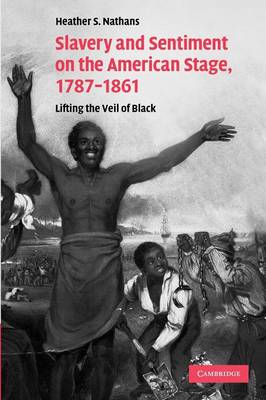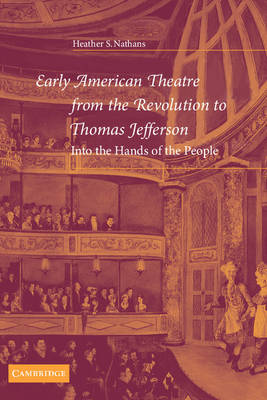Cambridge Studies in American Theatre and Drama
2 total works
Slavery and Sentiment on the American Stage, 1787–1861
by Heather S. Nathans
Published 19 March 2009
For almost a hundred years before Uncle Tom's Cabin burst on to the scene in 1852, the American theatre struggled to represent the evils of slavery. Slavery and Sentiment questions how the text, images, and performances presented to American audiences during the antebellum period engaged with the debate over black participation in American society. The book reconsiders traditional comic stereotypes like Jim Crow, as well as familiar sentimental ones, such as Uncle Tom. Using plays, poetry, performances, popular novels, and political cartoons, Heather Nathans blends American history, theatre history, and literary history to question how theatre and performance lifted the 'veil of black' on American racism in the eighteenth and nineteenth centuries. The book contributes to the ongoing discussion of the role of African-American characters and performers in American cultural history, offering scholars in a range of fields a new perspective on a complicated moment in the nation's theatrical past.
Early American Theatre from the Revolution to Thomas Jefferson
by Heather S. Nathans
Published 17 July 2003
Theatre has often served as a touchstone for moments of political change or national definition and as a way of exploring cultural and ethnic identity. In this 2003 book, Heather Nathans examines the growth and influence of the theatre in the development of the young American Republic, from the Revolution through to the election of Thomas Jefferson in 1800. Unlike many works on the early American theatre, this book explores the lives and motives of the people working behind the scenes to establish a new national drama. Some of the most famous figures in American history, from George Washington to Sam Adams, from John Hancock to Alexander Hamilton, battled over the creation of the American theatre. The book traces their motives and strategies - suggesting that for many of these men, the question of whether or not Americans should go to the playhouse meant the difference between the success and failure of the Revolutionary mission.

